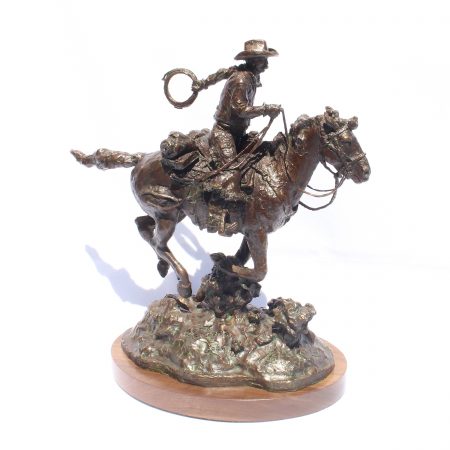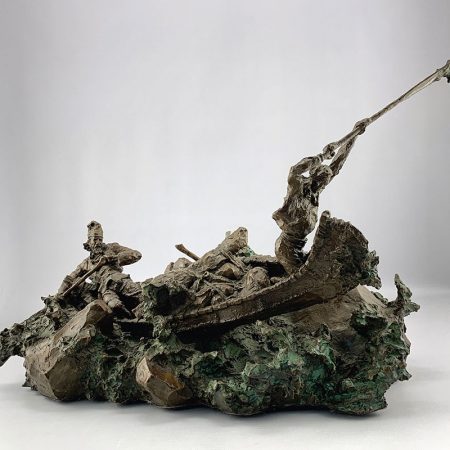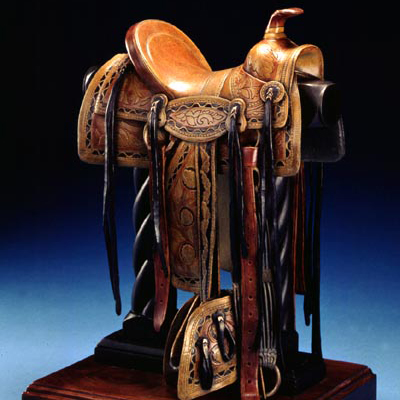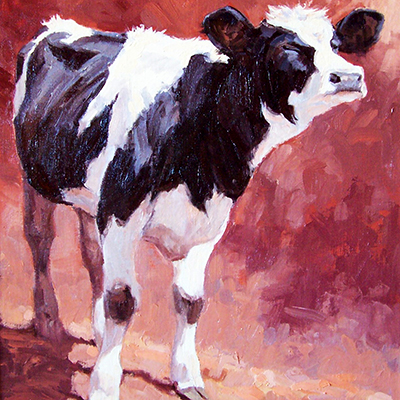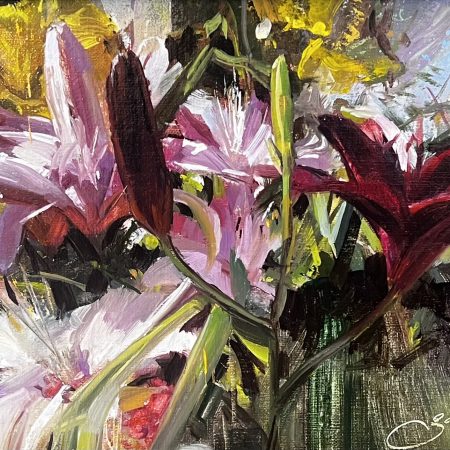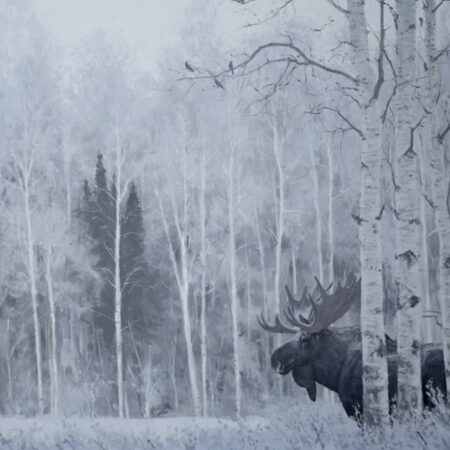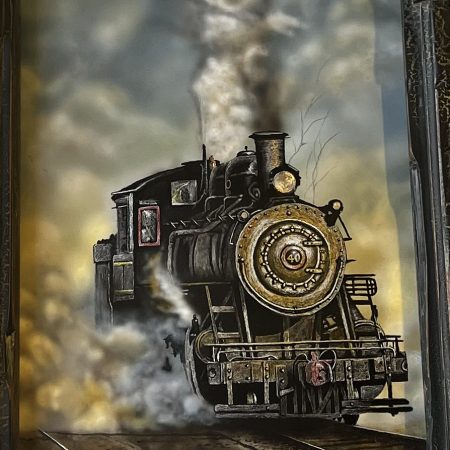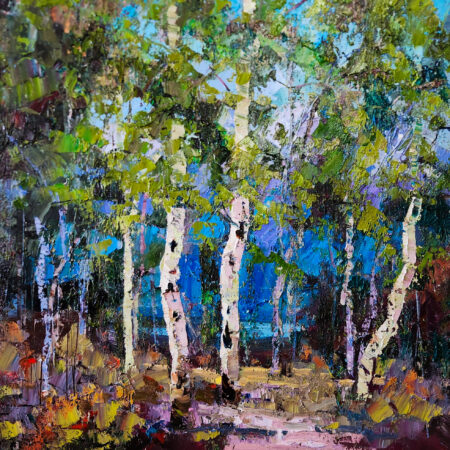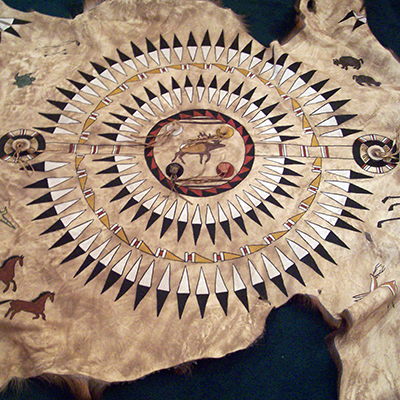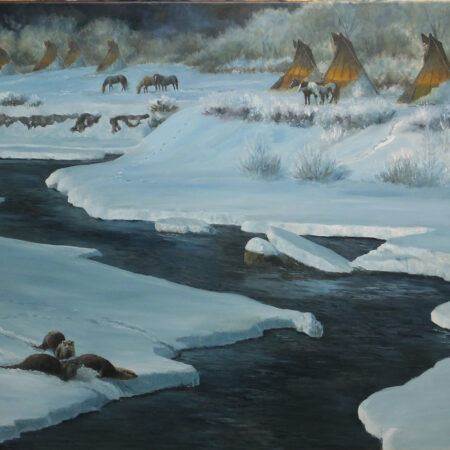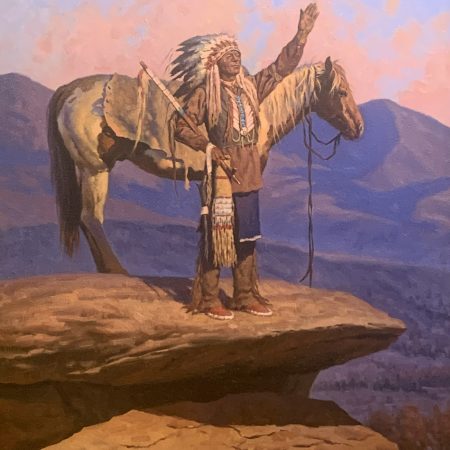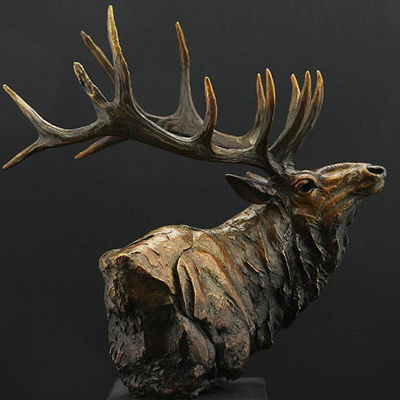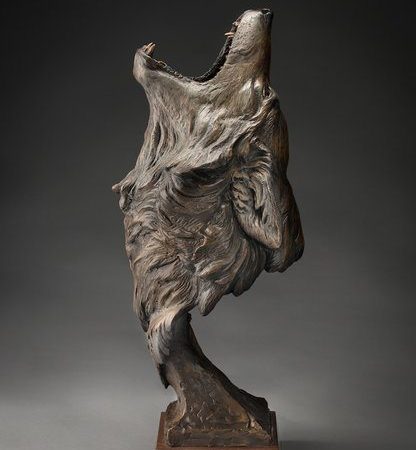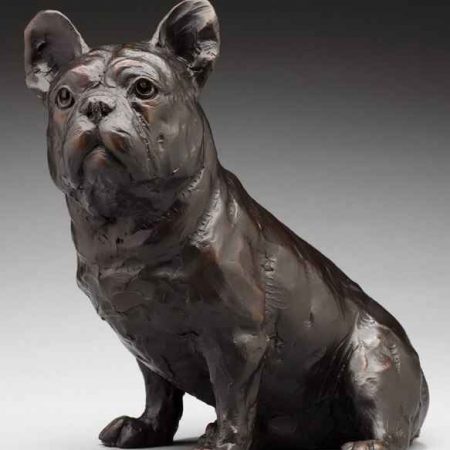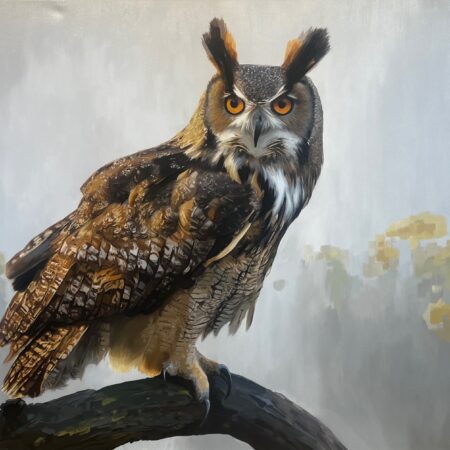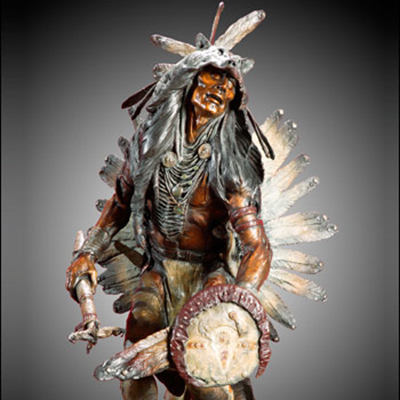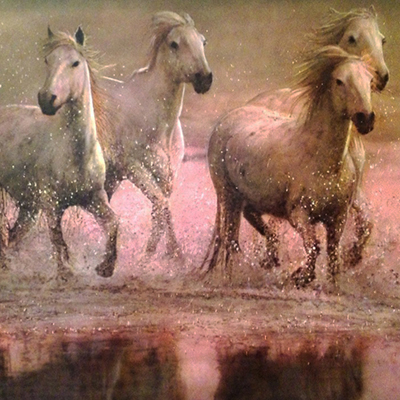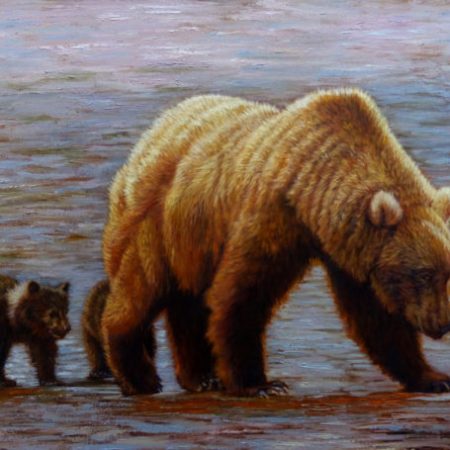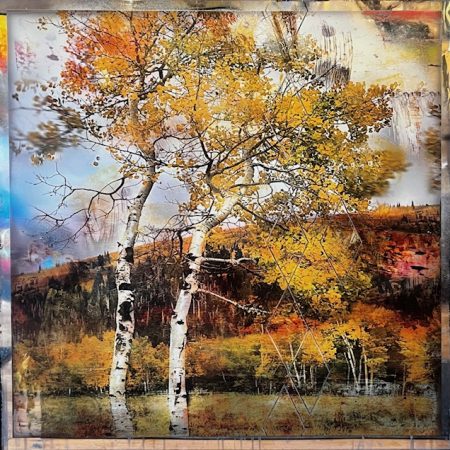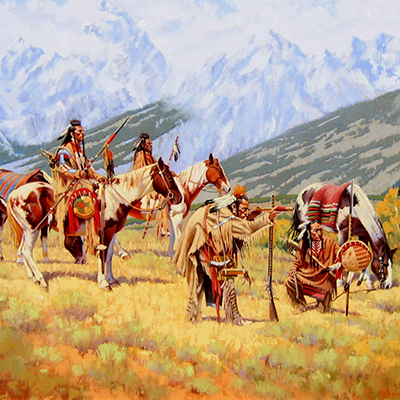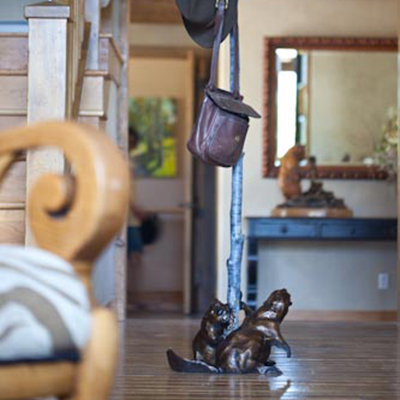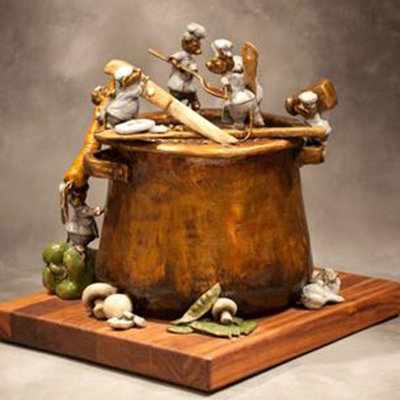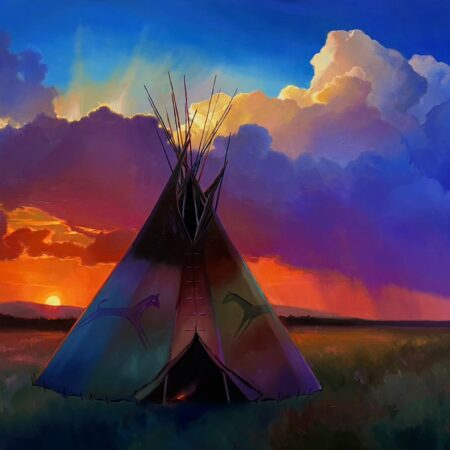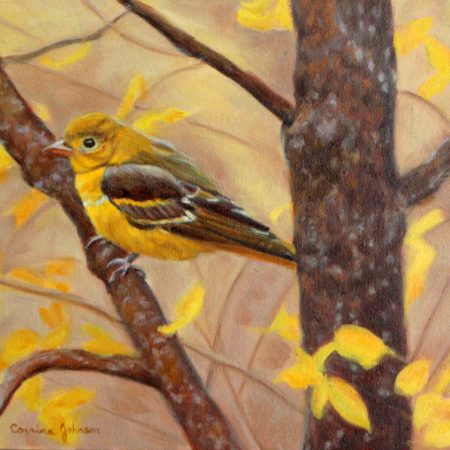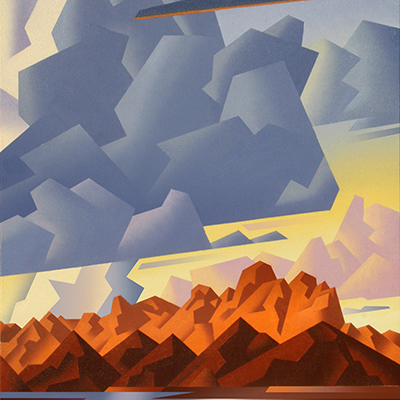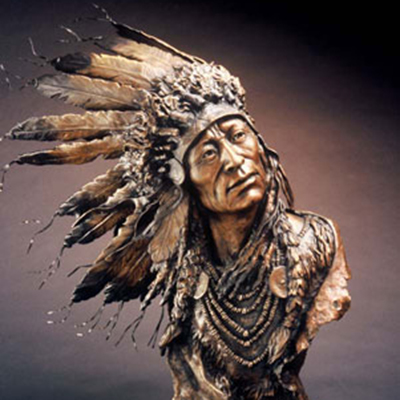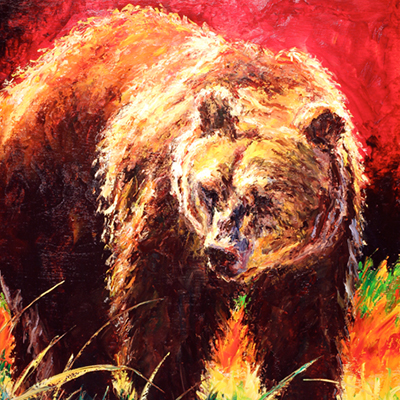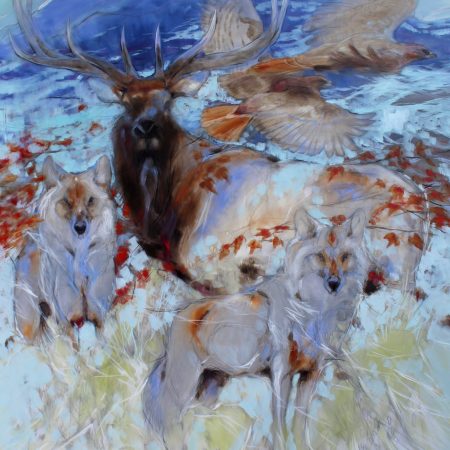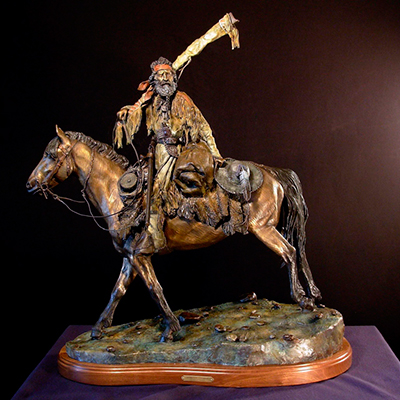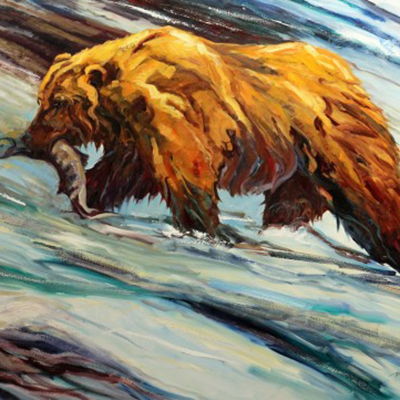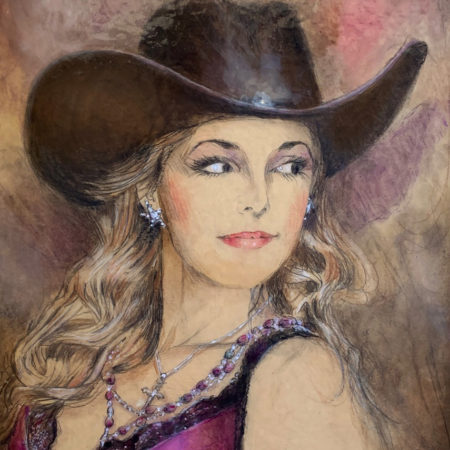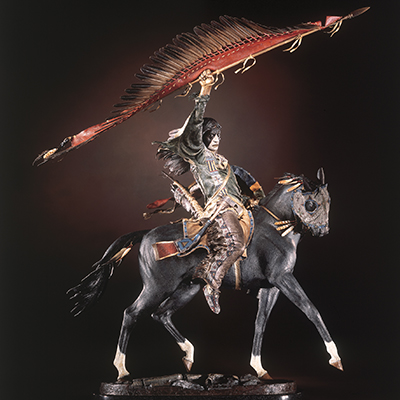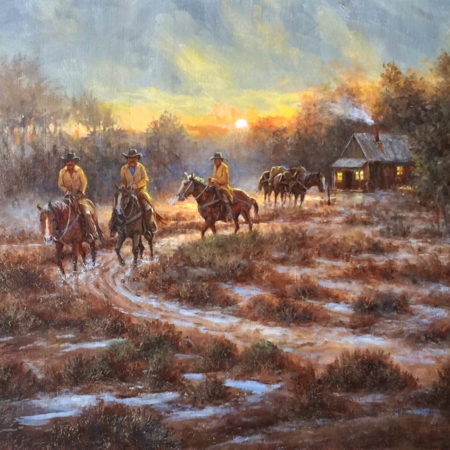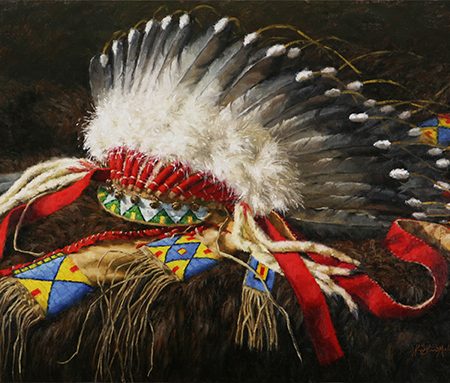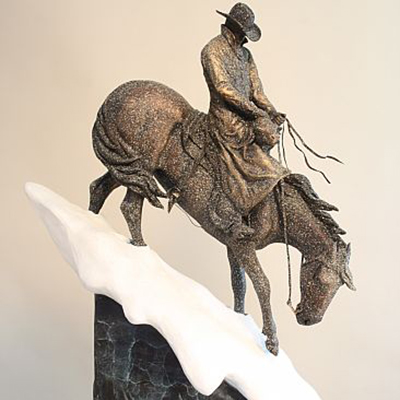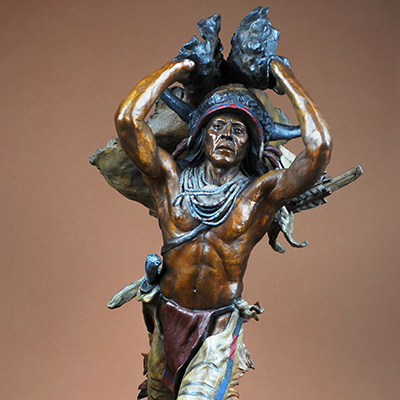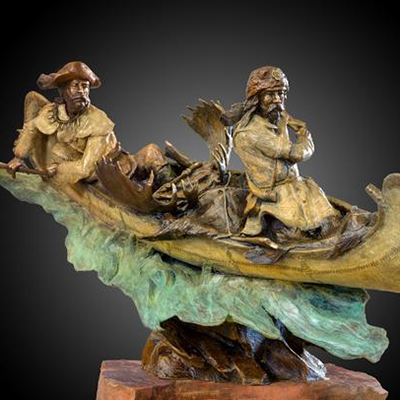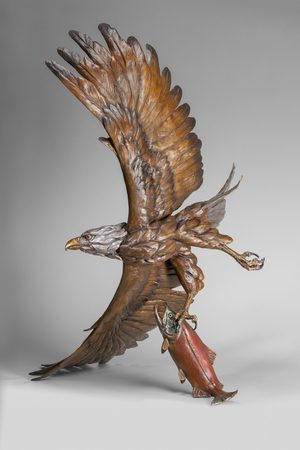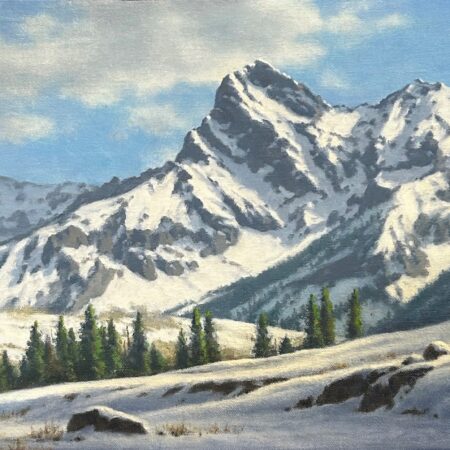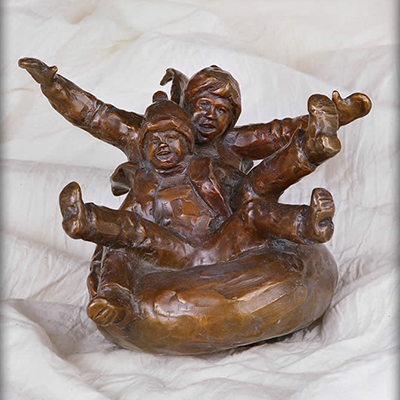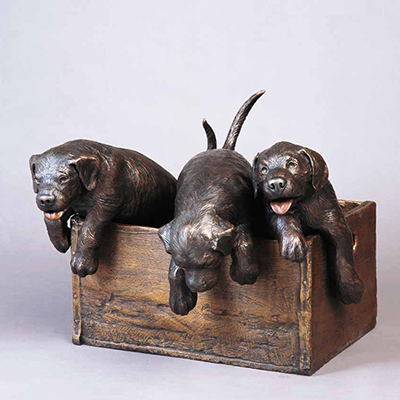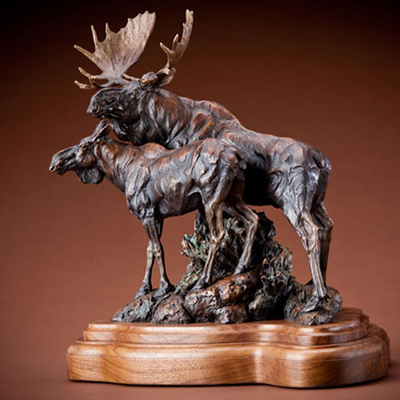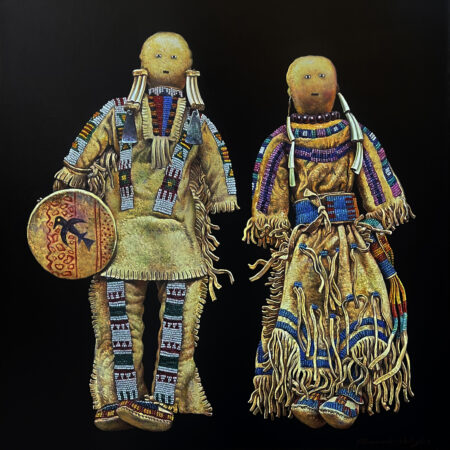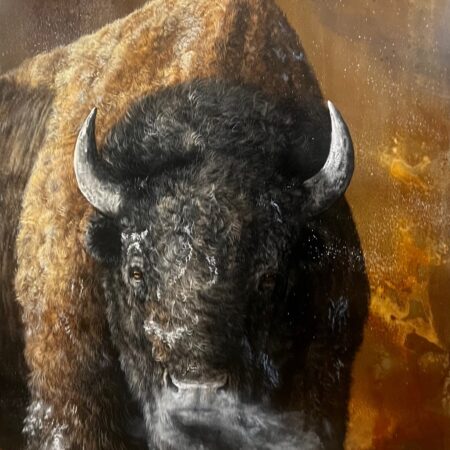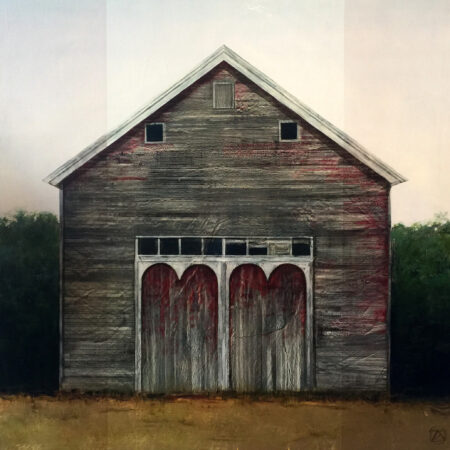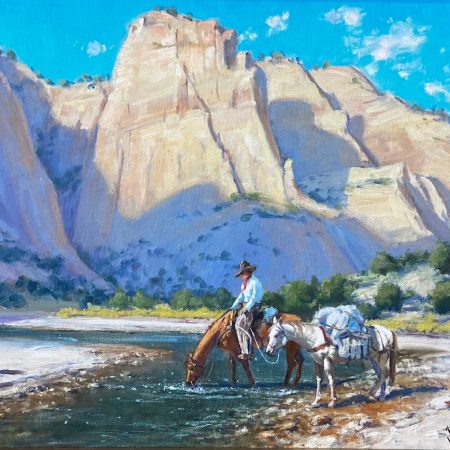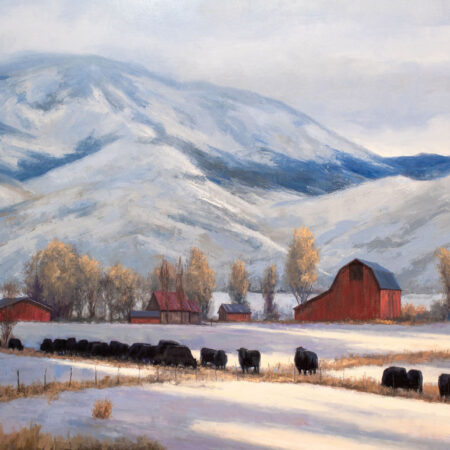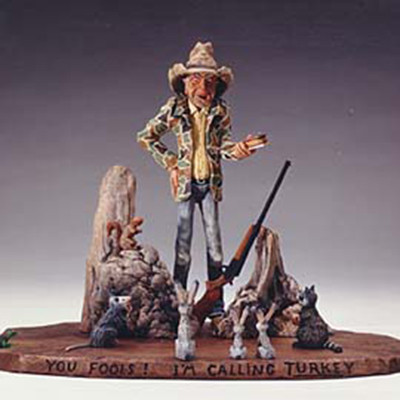Scott Rogers
History and Art course through the veins of Scott Rogers - sculptor. John Rogers, his Great Grandfather (six times removed) died as a martyr, burned at the stake in 1555, for translating and printing one of the first English Bibles. Two of his relatives, Thomas Rogers & Samuel Fuller, signed the Mayflower Compact - Plymouth 1620. His great, great grandfather, Henry Clay Rogers, was part of the expedition that settled Lehi, Arizona, 1877 (now present day Mesa) the very town in which Scott was born. His Uncle, Grant Speed (1930-2011), was a renowned sculptor in western art. As a youth, Scott was not drawn to creating art. However, it gives insight into his present artistic outlook, to learn of a few enriching experiences that permeated his life at a young age. At twelve years old, he gave mouth to mouth to a drowned boy, “then witnessed firsthand, life returning”. In becoming an Eagle Scout Scott swam for miles, camped in snow, ran raging rivers in canoes and found himself caught in lightning storms (at 12,000 ft) in the Rockies. At the age of sixteen Scott won a Golden Gloves boxing championship (mix in a few street fights too). He played football, ran track (discus), rode bulls in rodeos throughout Texas and Oklahoma and acted and sang in plays. Scott also set world records picking pineapple in the fields of Hawaii, trapped and skinned hundreds of animals, was selected as a principle nominee to attend the Naval Academy (a broken back suffered from bull riding prevented him from attending), worked a rock crusher in an Alaskan gold mine, all…in some measure...have found their way into the believability people see and feel in his work. Scott experiences life and then puts it into form. Look closely at his sculpture, for when you do, you’re seeing life experiences - self-portraits - left by its creator.
In Scott’s own words: “I love what I do. The feelings I portray about the Old West I’ve had all my life. I remember fondly the hours spent as a youth reading of renegades, rogues and outlaws - of wild men and horses, ferocity, passion, cunning, independence, honor, loneliness, fear, courage and freedom”. In viewing his work, one can see how these words worked their way out of his soul and find expression through his fingers in clay. The ‘West’ was about men and women who had courage to work for something better, people who believed in a future and took risks to be a part of something greater than themselves. Scott’s work does justice to these men and women by creating authentic portrayals of what they represented.” It has been said that, “The feeling of Scott’s work is larger than the physical confines of the pieces themselves”. His sculpture seems to draw out many of the values people strive for. When beginning a piece, Scott has said, “Isolating an emotion I know intimately, I consciously use shape, shadow and line of silhouette as my tools to communicate it”. He compels the viewer to be an active participant in “the delivery of feelings” portrayed. After 20+ years of sculpting full-time, Scott is an student and lover of the human form. He’ll slam on the brakes to see a unique face walking down the street. At the Rodin Museum in Paris, the world outside of what he beheld in front of him became a blur. His eye will not move from an old cowboy, who happens to be standing uniquely. Every day poses catch his eye - all ‘somehow’ cataloged - to later appear in his work. Some fun quotes that have been overheard about Scott’s work: “He sculpts on the edge and gets away with it”. “Within his work, I see perfection in the chaos”. “The presence of his work is larger than the physical confines of the sculpture itself”. “His pieces move”.
As he pursues his craft, Scott sees the reality of an existing form and is able to put it in clay such that it holds a viewers interest abstractly. There is a quality of freshness in Scott’s work, all the while holding artistic traditions and values. Scott has mentioned, A great work of art can be an instant conduit to a rich body of knowledge (anatomy, feelings, history, period customs and lore).” Scott’s art lifts the spirit, assists people to reach for what is good in life and encourages others to feel better about themselves and their fellowmen. His desire is to use art as a vehicle to inspire mankind to have compassion for and to see the beauty of all life. Knowing that an abundant life begins with gratitude, Scott remembers always: “A debt of gratitude is owed to my parents, Del and Vergie Rogers, for assisting me to know I can accomplish what I set my heart on. “Thank you, Fritz White (my mentor and friend), for your love and teaching.” Scott Rogers’ work is displayed in private, corporate and museums collections throughout the world.

